This blog is about my involvement with music and functions as a forum of expression where I hope to illuminate how I engage with and use music. This is a big topic for me because I have been playing music, and specifically the guitar, for most of my life. For me, a guitar is an instrument for evolution and revolution. An evolution of consciousness and self-realization through the manifestation, manipulation and use of sound. Evolutionary processes give rise to a diversity of musical expression. These processes take place over relatively long periods of time.
Furthermore, guitar and musical revolutions for me emerged from fundamental changes in power and organizational structures. These changes took place in a relatively short period of time. Aristotle described two types of political revolution:
- Complete change from one constitution to another.
- Modification of an existing constitution.
For me the “constitution” may be my own personality, the general musical marketplace, or the musical culture with which I participate. Many of the essays I publish here will illuminate my personal course of evolution and revolution.
People make music what it is. So for the most part, this blog is especially about how I make and use music with others. In this blog I’ll strive to touch on the ways in which I make music meaningful and useful in my life.
My hope is that readers will be attracted to the diverse perspectives that I express about music, my own music history and the music history of others, my participation with other musicians, how and why I make music, music composition, improvisation, the economics of the music business, issues of identity and authenticity, guitars (probably lots about guitars!), guitar gear, recording and engineering techniques, new music technologies, sheet music, the books I’ve written and the books I’m working on, transcriptions, opinions, reviews, etc. My hope is that this blog helps you to think musically.
I am uniquely qualified to talk about these subjects because of my experience. I’ve been playing the guitar for over 45 years and playing professionally since I was 15. Since the mid 1980’s I have toured throughout the USA several times. So, I’ve also weathered a lot of changes.
- Intro Guitar Technique and Advanced Guitar and Performance Techniques - May 30, 2016
- Critical Theory And The End Of Noise – Post #6 of 6 - April 15, 2015
- Critical Theory And The End Of Noise – Post #5 of 6 - March 31, 2015
- Critical Theory And The End Of Noise – Post #4 of 6 - March 11, 2015
- Western Music History From Antiquity Through The 18th Century - March 4, 2015
- Anthropology of Music – Post #3 of 3 - February 25, 2015
- Native American Perspectives in Music – Post #3 of 3 - February 18, 2015
- Critical Theory And The End Of Noise – Post #3 of 6 - February 11, 2015
- Music Theory And Harmony - February 4, 2015
- Anthropology of Music – Post #2 of 3 - January 28, 2015



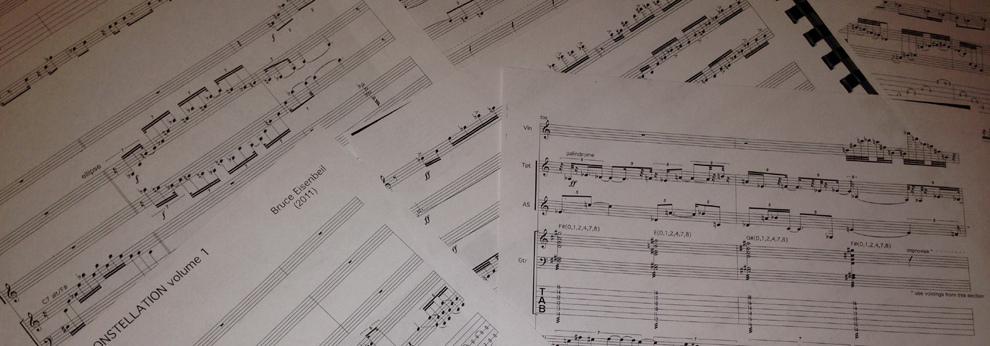

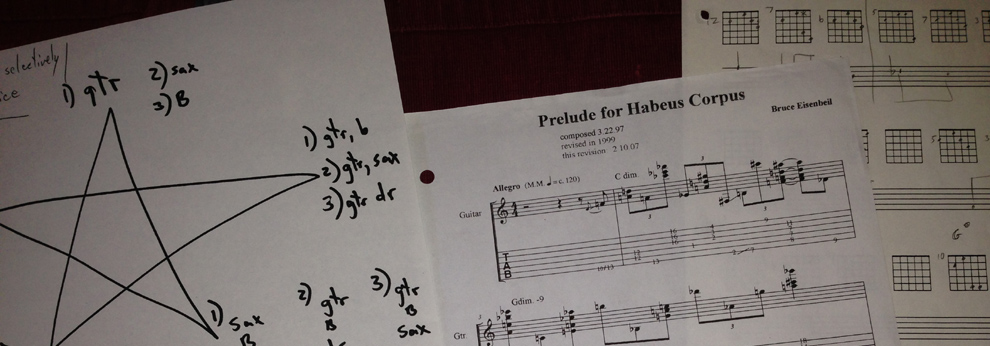
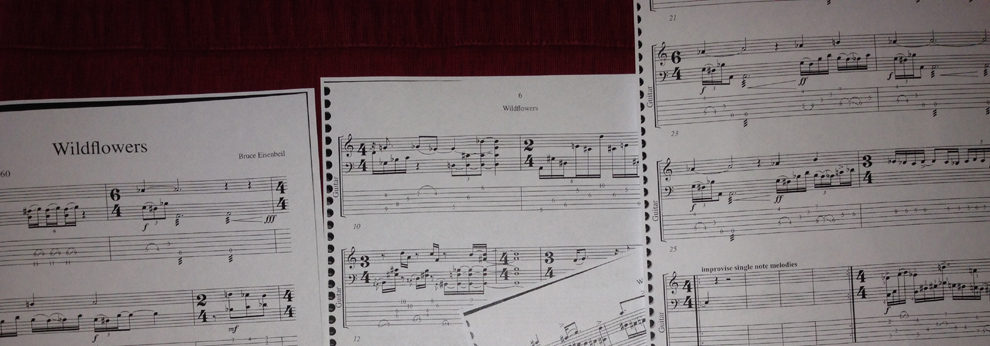








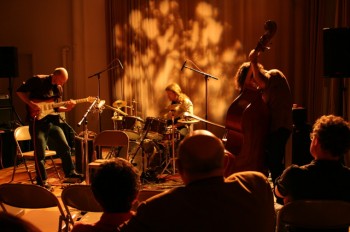
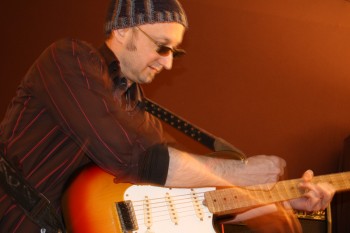
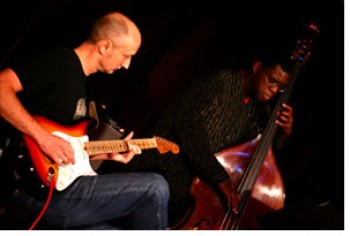

Social Profiles